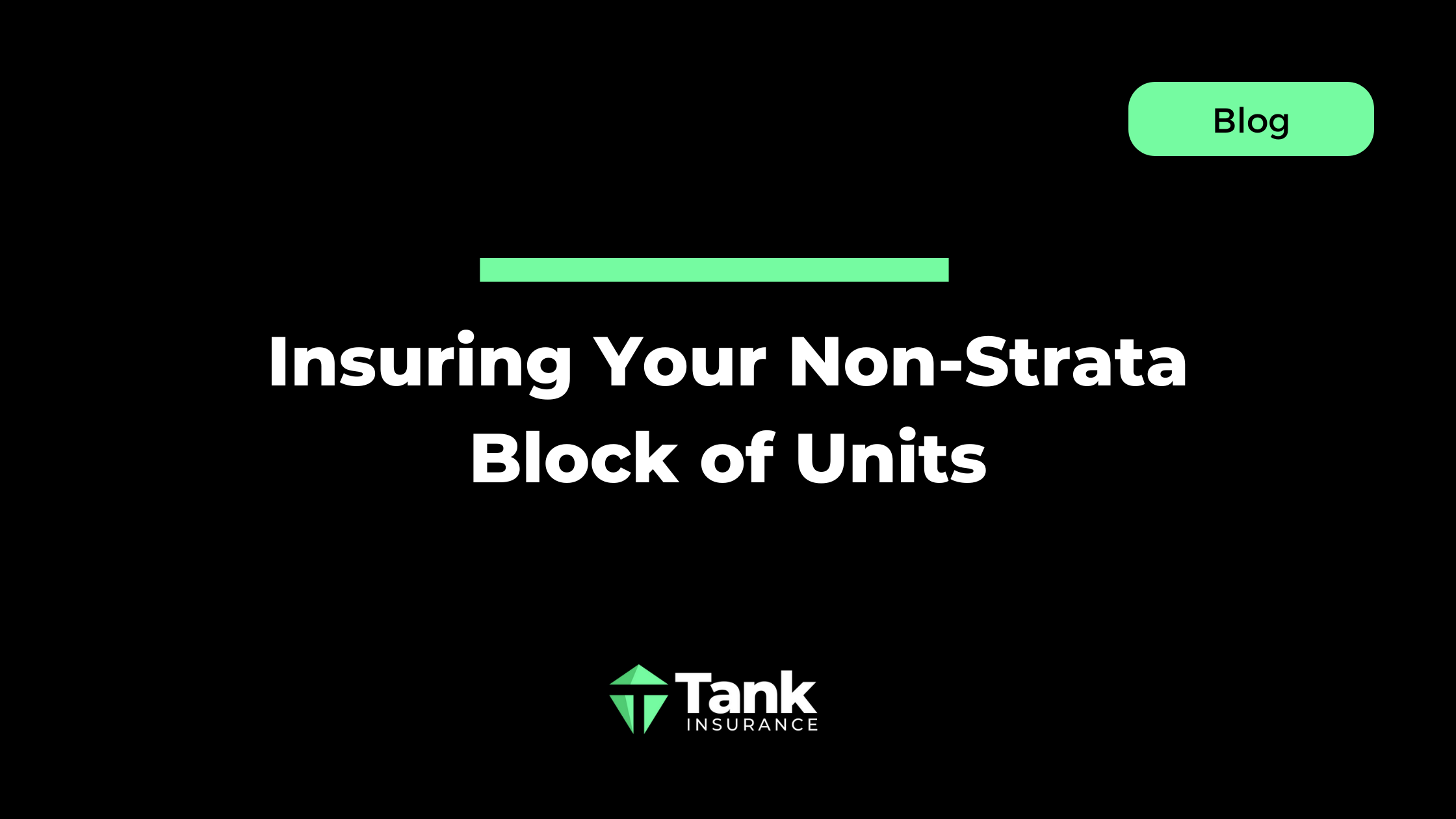Construction is changing, and it’s going green!
As the world pushes for sustainability, the construction industry is stepping up with eco-friendly scaffolding solutions that reduce environmental impact while keeping projects safe and efficient.

Whether you’re a homeowner curious about green building, a business looking to cut costs, or someone exploring insurance options for construction, eco-friendly scaffolding is worth understanding.
Let’s explore how these solutions are shaping modern construction.
Sustainable Materials Are Redefining Scaffolding
Traditional scaffolding often relies on steel or aluminium.
Eco-friendly scaffolding solutions, however, use sustainable materials like recycled metals, bamboo, or engineered wood.
These options are not only kinder to the environment but also strong and reliable.
- Recycled Materials: Using recycled steel or aluminium cuts down on raw material demand. For example, recycled steel requires 75% less energy to produce than steel made from iron, reducing carbon emissions significantly.
- Bamboo: Bamboo grows up to 91 centimetres a day, matures in three to five years, and absorbs more CO2 than most plants. It’s lightweight yet sturdy, ideal for low to mid-rise projects. It’s common in Asia and gaining traction globally for residential and commercial builds.
- Modular Systems: Modular scaffolding is made from recyclable composites or polymers. It can be reused across projects, minimising waste. These systems are even designed for easy assembly and disassembly, reducing the need for new materials.
- Fibreglass Scaffolding: Fibreglass is corrosion-resistant, lightweight, and durable. It can be used in harsh environments, like coastal sites, to avoid rust.
By choosing sustainable materials, construction companies can lower their environmental impact and appeal to clients who value green practices.
Energy Efficiency Boosts Cost Savings and Sustainability
Eco-friendly scaffolding isn’t just about materials, it’s also about smarter energy use.
Construction sites often have high energy consumption, but modern scaffolding solutions are tackling this issue head-on with innovative technologies.
- Fuel-Efficient Machinery: You can use modern, fuel-efficient cranes and machinery for scaffolding setup. This helps cut down your carbon emissions.
- Solar-Powered Lighting: Integrating solar-powered lights into scaffolding setups provides cost-effective, renewable energy for nighttime work, reducing reliance on fossil fuels.
- Lifecycle Management: Assessing the full lifecycle of scaffolding materials, from production to disposal, helps companies choose options with lower energy demands.
For businesses, these energy-saving measures translate to lower operational costs, which can also reduce insurance premiums for construction projects.
Waste Reduction Through Innovation
Eco-friendly scaffolding solutions are designed to minimise the amount of construction waste generated daily.
By focusing on reuse and adaptability, these systems help lessen the waste that go to landfills and keep project budgets in check.
- Recycled Polymers: Some companies are using recycled plastics to create scaffolding components, diverting waste from landfills and requiring less energy to produce than metal alternatives.
- Smart Planning: Advanced software uses 3D modelling to optimise scaffolding setups, ensuring minimal material use and fewer leftovers. Through this, you can save on materials and labor.
Reducing waste not only helps the environment but also makes projects more efficient.
Less waste means fewer disposal costs and a smoother, more predictable project timeline.
Scaffolding Insurance and Green Benefits
Eco-friendly scaffolding can influence your Scaffolding Insurance.
In fact, insurers are increasingly favouring green practices, as these often show better risk management.
What does this mean for you?
This can mean:
- Lower Premiums: Sustainable practices, such as using durable, reusable materials, reduce accident risks, potentially lowering your Scaffolding Insurance costs. For example, modular systems are less prone to setup errors.
- Risk Reduction: Energy-efficient equipment and waste-reducing designs create safer, more organised sites, which helps in reducing your potential liabilities.
- Market Appeal: Businesses using eco-friendly scaffolding can attract clients who prioritise sustainability, boosting revenue and justifying insurance investments.
Scaffolding insurance typically costs thousands annually for small to medium-sized firms, depending on project scope and risk factors.
By adopting green solutions, companies may see reduced premiums and better coverage terms.
Reshaping Your Business with Eco-Friendly Scaffolding Solutions

Try integrating eco-friendly scaffolding solutions to your construction plans.
Sustainability and efficiency can go hand-in-hand.
Eco-friendly scaffolding solutions can help businesses save, strengthen their reputation, and make it easier to get projects or contracts.
If you're exploring Scaffolding Insurance options available to you, green practices can mean lower costs and safer projects.
It’s a win-win situation for you, you’re able to save while also paving the way for a responsible future.
For other concerns, you can read our blog.
You can also contact us at Tank Insurance for tailored advice.



